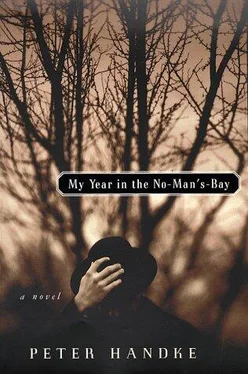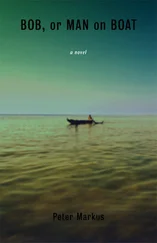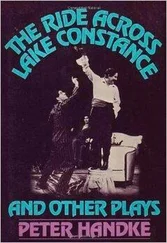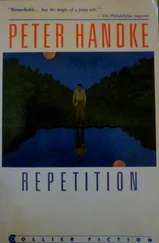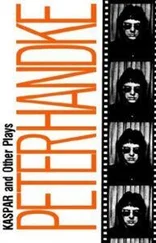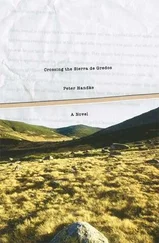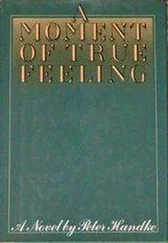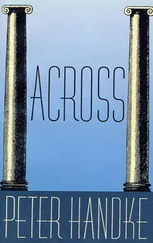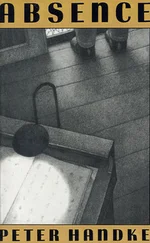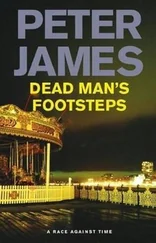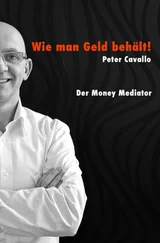As recently as last night I had a dream in which I was doing nothing but reading. It involved a passage from the Gospel according to St. John with which I was unfamiliar, a pure narrative, with nothing but “And he departed … and he ate … and they said … and when it became evening … and they gathered together … and he sat down … and when the sun rose … and we washed ourselves … and he said,” in large, clear print with large spaces, as if winged, and I could see simultaneously everything I had read, in the form of a constant succession of “he” and “they” and “we,” set in motion by letters and blank spaces, concrete and at the same time dancelike in a way I have not once encountered outside this book.
And like my reading, so too my writing. I need … and I hope … and I wish … and I have a dream.
For this narrative I have needed for a while all the open questions, the working-out of possibilities, the greatest possible comprehensiveness, as if it were a law. Now I hope to extricate myself from the dovetailing of objects as well as of words and to shake off the heavy hand of compulsion. More than ever I wish I could be swept away in unquestioning narrating, vibrating sympathetically just as with reading, the kind of narrating to which, it seems to me, I have not once had a breakthrough for more than a paragraph.
But I have dreamed the dream of it again and again, and that was the most profound thing in me. And in my imagination for some time now, precisely because of my taking so many detours with this present project, my starting off down so many side roads, I can feel this dream shaking free, ready to soar aloft and take wing, for the day, the desk, and the deed. I sense that it is no longer a dream. The image has changed into a tone, a voiceless one, to be detected only by my sense of taste, with which, instinct tells me, something will begin and continue, and persist, finally without more fuss or reservations or question marks, that will give whoever reads it the ability to hear without sound and to see without images and to sample without taste.
I also find myself wondering whether this might not be my second metamorphosis, which I have been waiting for and working toward since the beginning of the year. Might this presumably last metamorphosis consist in my setting out to narrate, in sentences that would be absolutely straightforward, in the sense of “Let your speech be yea, yea and nay, nay”? And might I thus be at the moment no longer the one I was at the beginning, nor yet the person I will be, but also not the one I appear to be?
The more freely I sense what is coming, the more constricting my present condition feels. This becoming aware has always been a problem for me. Whenever it has manifested itself, it has cut me off in the midst of life from living. Suddenly I become aware, and instantly my breath falters and runs out, in the middle of a sentence, in the midst of life, in the midst of an upswing. My awareness has nothing in common with any form of reason, but rather meddles like a daimon, destructively. Like my love, it has also destroyed my narrating every time.
But now, having advanced as never before to a stage on the verge of what appears to me as my destiny, I sense that I could rid myself of my daimon, my nemesis, the crocodile in my heart, the antithesis of the mythical beast. This metamorphosis — is it going to turn into a struggle again after all: between me, the monster of awareness, and me, the Tom Thumb of narration? I have gambled away my social being, my life with others, through my awareness. Grant that through my writing I may, at least in its main purpose and its main theme, find my way back to the realm of the dream, preserve the underlying tone and become as clear as day.
From the window at which I sit, I see my narrative every morning, see how it should continue in broad strokes. It is a place. I noticed it at the very onset of winter, for the first time in all my years here: a spot in the woods on the hillsides, which since then, as a result of daily observation, has become a place (as Filip Kobal, at home on his Jaunfeld, takes those apparently insignificant little spots to which he is drawn time and again and “declares them a place”).
There are trees there, as everywhere, only these stand out more distinctly than usual, up hill and down dale. In part that has to do with my distance from them: they grow halfway up the hill, approximately midway between the forest’s edge below, of which the other houses allow only little glimpses, and the line of the horizon higher up, where the plateau of Vélizy begins, of which only the sky above it is visible, arching over the farthest treetops. Thus the place strikes me as the heart of the forest, removed from the foreground with its smoke rising from chimneys, but also certainly not yet far off in the distance. And for another thing, the spot has something special about it, for the oaks, the birches, the edible chestnuts are lined up on the brow of a foothill, behind which the land apparently descends again into a hollow. Of this hollow, with the fuzzy gray background of the forest rising again on the next slope, nothing appears from my vantage point but its light, which, however, picks out individually each of the few trees in front and forms them into a group. Sometimes in fog the entire line of hills appears lower by about half and ends right there, with everything above it and behind it vanished. For me, the hilltop and the hollow mark the boundary to distant parts, no matter what the weather.
In this particular section of the forest I then saw a water meadow, which in fact is probably nothing of the sort — for that there would have to be water flowing through the depression — and named it after a painter, the “Poussin Meadow.”
In the beginning I still visualized scenes from some of his paintings there: figures dancing off into the distance, two men carrying a basket of wine grapes as large as themselves on a pole between them, a man with a woman at the edge of a summery field of ripe grain, and all that at the bottom of the bright, broad hollow, which took on some of the qualities of a corridor. Yet I soon started looking up at the place on the hill, just to lift my head in the morning, for instance. But then, every day, against the background of more distant vistas, I perceived something in the silhouettes of the trees, illuminated by the light from the hollow below, or the sight set me to thinking. On the Poussin Meadow, even on dark, dim days, color predominated. Although nothing was happening, it was a lively scene. Although it was not far off, I saw far into the distance. Once I saw us there walking below the Acropolis.
Against the glow in the background, the trunks and branches of the promontory became struts, themselves already the finished structure. Or the one oak tree there, almost as large as the one named after Louis XIV in a neighboring forest, its form starting at a central point and rounding out toward the top, had the appearance of a wheel, with hub and spokes, driven only by the light in between and the upwind from down below in the meadow. Nicolas Poussin in his self-portraits was looking out, as I pictured it, into just such a slice of landscape. And early this morning — Easter week has begun, with storm and a haze of rain — I saw the branches of the royal oak, almost motionless, only slightly shaken amid the general swaying, and next to them and around them a wild tumult, a massive surge of green from the tops of the birches, the first trees in the forest to leaf out completely, and at the edge, the blooming torch of a single wild cherry, an isolated ghostly whiteness there in the depths of the forest, far from all the blossoming closer by in the suburban yards, while the predominant color of the meadow was still gray, a sporadic, all the more strongly glistening pre-vernal gray, whose light came straight across the forest from the east and gathered in the branches and in the multiple tall, thin trunks typical of the trees in the Seine hills. Not a person to be seen there, and yet the meadow appears as a window on the world.
Читать дальше
